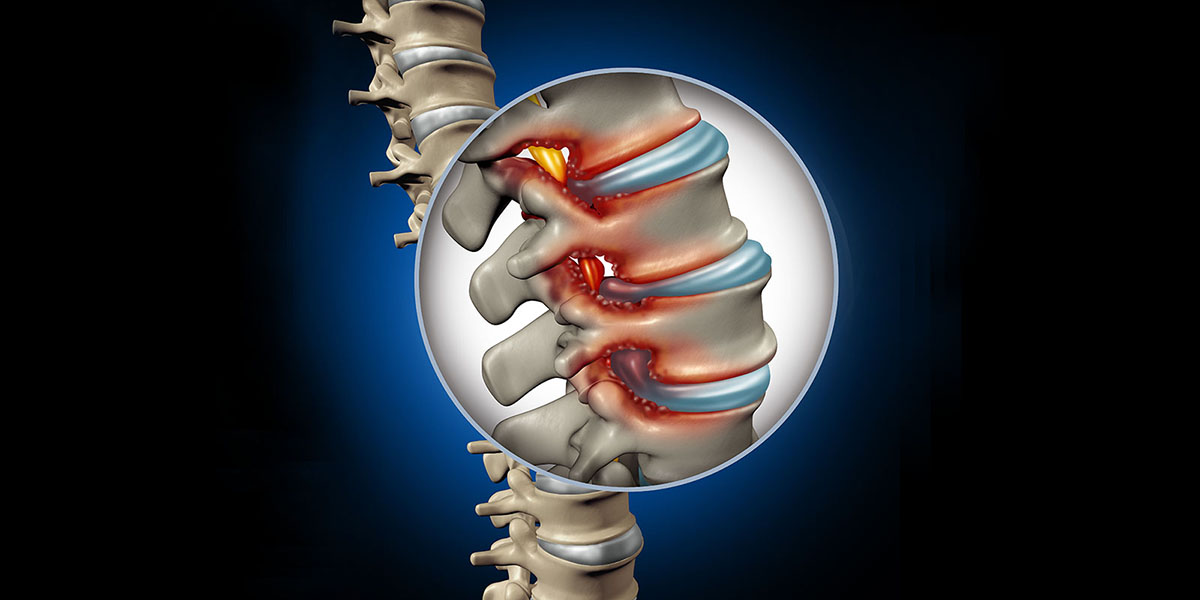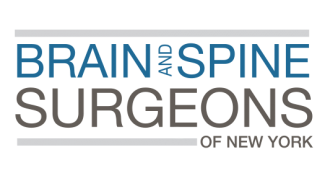
Stenosis

Spinal stenosis is usually a slow process that occurs over years and is related to arthritis. It results in thickening of the ligaments, formation of bone spurs, and deterioration of the disc material. As a result, the spinal canal narrows and pinches the nerves. Bone spurs may also press on the spinal cord.
Symptoms
Cervical Stenosis may cause the patient to feel neck or arm pain, numbness and weakness in both hands, loss of coordination when walking or during other activities, or muscle spasms in the legs. This condition may require an operation, possibly urgent or even emergent surgery.
Lumbar Stenosis may produce lower back pain and leg discomfort or pain. Surgery may be necessary if lumbar stenosis limits normal activity, causes leg weakness and/or numbness, makes standing or walking difficult, or affects your ability to control of bowel and bladder functions.
Thoracic Stenosis – The thoracic spine in the upper back has some unique characteristics that make thoracic spinal stenosis a little different than stenosis in other areas. Because the 12 thoracic vertebrae connect to the 12 sets of ribs that protect our major organs, the thoracic spine is more fixed than the cervical or lumbar areas. The spinal canal is narrower than the rest of the spine, too. Thoracic stenosis typically is accompanied by stenosis in the lumbar area and sometimes also the cervical spine. Symptoms include back pain, radiating pain into the legs that hurts more when you walk than rest, or change in bowel or bladder function.
Treatment
Conservative treatment may be sufficient to alleviate symptoms of stenosis, surgery is recommended if there are signs that the spinal cord is compressed or there is significant risk that the spinal cord may become damaged.
Surgery is necessary if neurological symptoms increase, i.e., a patient has difficulty with balance or walking. Decompressive laminectomy, in which the laminae or roof of the vertebrae are removed to create more space for the nerves, is one possible surgical approach. In cervical stenosis, discs and spurs can be removed from the front of the neck. Spinal fusion may be performed to stabilize the spine or if a disc is removed.









